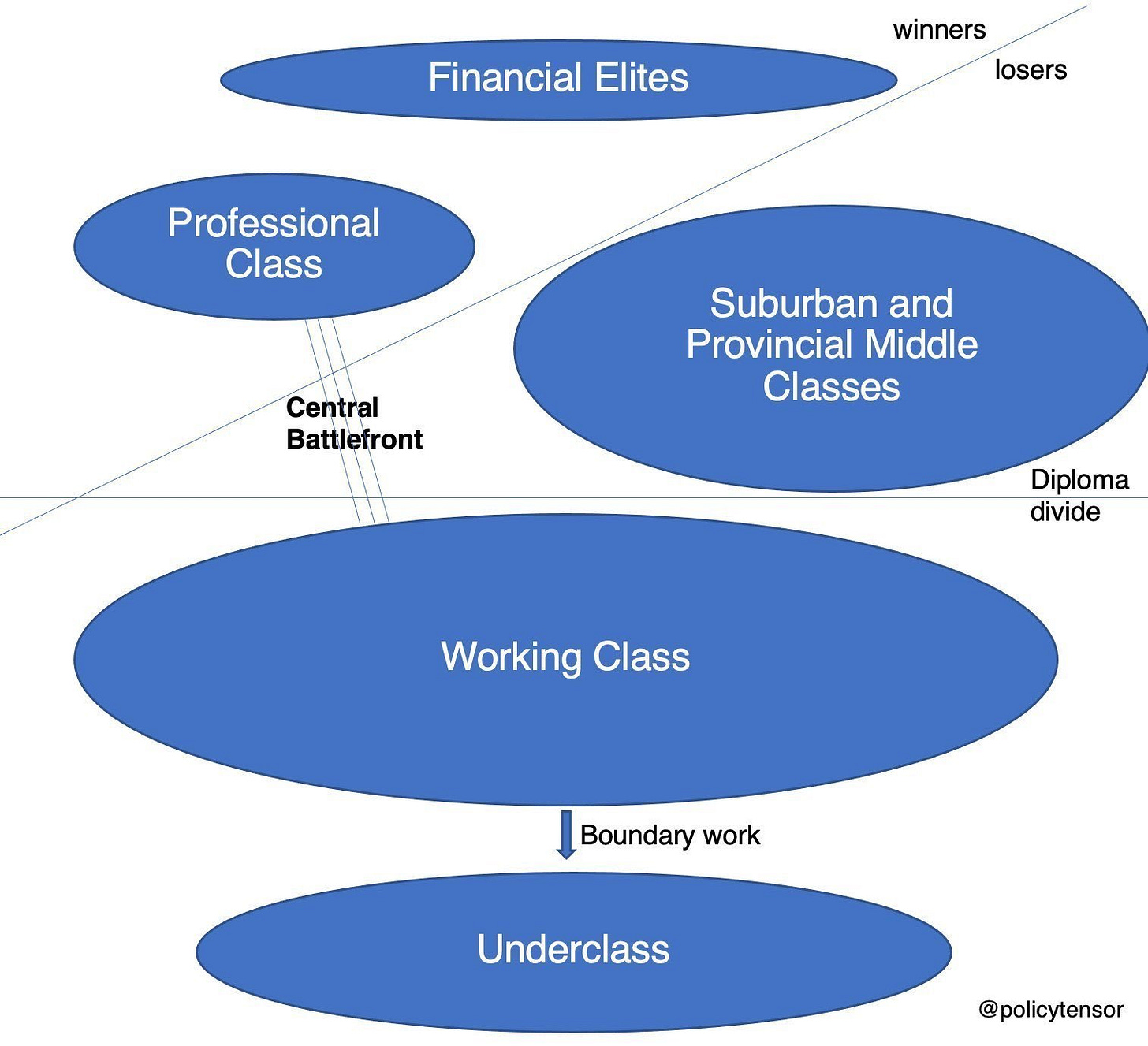The 5 Social Classes in America
Theory is indispensable, for there is no way to commune directly with reality in the wild. The trouble with theories, lenses or reference frames, is that they must necessarily leave large parts of reality out of focus. When we speak of class, the tendency is strong to reach for the Marxian frame. As Foucault reminds us, Marx and Engels borrowed the noti…
Keep reading with a 7-day free trial
Subscribe to Policy Tensor to keep reading this post and get 7 days of free access to the full post archives.
